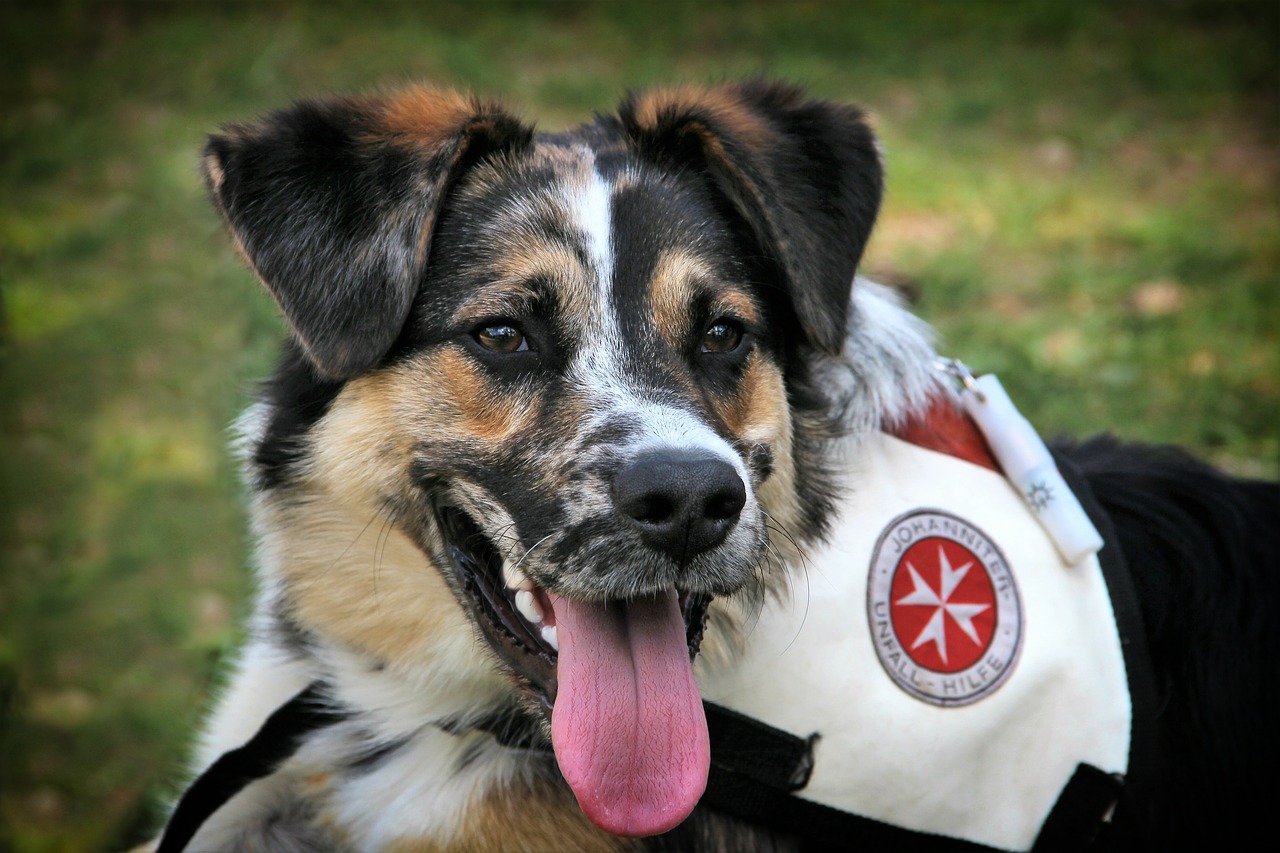Introduction
We are now in the midst of winter, which means it is time to prepare for colder weather and wind, rain and if we are fortunate, even snow! We can all feel the cold, and our dogs and cats, despite their fuzzy coats, are not exempt from touching it. We may avoid these dangers and keep our companion animals warm and comfortable by making minor adjustments to their daily activities. Each season brings with it its own set of risks for the health and wellbeing of our companion animals.
Bundle it
It doesn’t seem what the weather is outside; windchill may be lethal to a cat. During severe cold snaps, body hair on the nose, ears, and paw pads is particularly vulnerable to burning and hypothermia. As a result, short-haired dogs are typically more comfortable wearing a sweater, even while out for a short stroll.
Your pet’s paws can get irritated by rock salt and other chemicals used to melt snow and ice. Before your pet licks their paws and scratches their lips, wipe them off with a wet cloth.
Pets should be kept inside and warm.
When the weather becomes cold, don’t let your dogs or cats outside alone. All cats and dogs should never be left outdoors without supervision, regardless of the season. This includes short-haired dogs, puppies, and older animals. Dogs and cats are safer inside, except for when they are brought outside to exercise. Short-haired dogs may find it more comfortable to wear a sweater when out on a stroll.
It doesn’t matter what the temperature is outside; windchill may be lethal to a cat. Pets are particularly susceptible to extreme cold and are in danger of amputation and hypothermia if they are left out during freezing spells.
Keeping the Interiors of Your Home Warm
If your dog or cat is big and has a thick coat, choose the lower of the two numbers; if your pet is older or has a shorter coat, choose the higher of the two figures. The information provided here is just a comprehensive guide. Finally, depending on the breed of your dog, it may be necessary to adjust the temperature. When it’s hot, brachycephalic dogs are more susceptible to heatstroke, while dogs with fine or concise hair may benefit from additional warmth.
In search of warmth
The most apparent is a tendency to seek out warmth. Instead of chilly floor surfaces such as tiles, they prefer to lay on carpets and rugs during the cooler months instead of, the hotter months. Lounges and mattresses may be among your favorite comfortable retreats. Some dogs even prefer to curl up beneath the blankets on cold winter mornings rather than bursting out of their beds like they normally do! If your pet has a propensity to lay near to heaters or open flames, be sure to monitor them and move them away from these sources of heat to prevent the danger of dry skin, overheating, or burns from these sources of heat. Because outdoor cats have been known to seek warmth by jumping onto vehicle engines.

